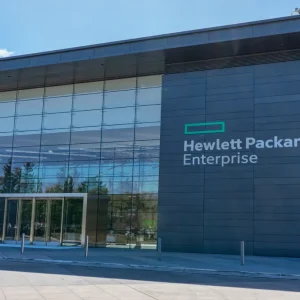Database virtualisation software tools that make multiple data elements look like a single logical data source, could find broad appeal as an alternative to existing enterprise information integration (EII) options.
IT professionals have been using data virtualisation, integration and federation tools from the likes of Sybase or Composite Software for years. But according to analysts at Forrester, the tools have struggled to find scenarios in which they have a clear advantage over other integration approaches. One consequence has been the market segment has consolidated fast.
There are though some market niches where database virtualisation is winning favour as a means of providing custom views into multiple data sources or as a way of integrating data and content for real-time read and write access by applications.
Telco is one market arena, where the likes of Xeround have scored some early successes.
Its products are slightly different from previous generation EII toolsets in that unlike them, which were heavily focused on backend databases, single data primitives and data warehousing projects, Xeround’s focus is much closer to the application and works nearer to real-time.
Forrester has said it sees a need for such tools, noting that “As the complexities of today’s business operations increasingly requires real-time decision making, real-time data warehousing options are once again being discussing by data architects across industries.”
John Trembley of Xeround explained that the company’s Intelligent Data Grid (IDG) product has been adopted as connective glueware in the telco service provider market as carriers mesh order, inventory and network data elements together.
It has been used by T-Mobile US, since it was launched in the second quarter of 2008.
The value proposition of a product like IDG is to be found in several concepts that are addressed by the product’s feature set, he said.
“First of all the system provides n-way access to support different data and different data primitives across multiple data sources. These could be an SQL database, an LDAP directory or an XML depository,” he explained.
“The system effectively sits in front of the application layer and pulls together lots of different data sources that could be spread out all over the place in a single virtualised point.”
The notion of virtualised partitioning of data is a key concept, he suggested. “Another is its ability to do something we call geo distribute, and keep multiple copies of the same data.”
Because it provides virtual, distributed access to enterprise data regardless of geography, host systems or network, the company claims IDG helps increase the efficiency of existing infrastructures without needing to rip and replace legacy systems.
The early-stage venture company started out as a research and development operation in Israel with the intention of developing carrier-grade data management technology which could eventually find widespread enterprise uses.






